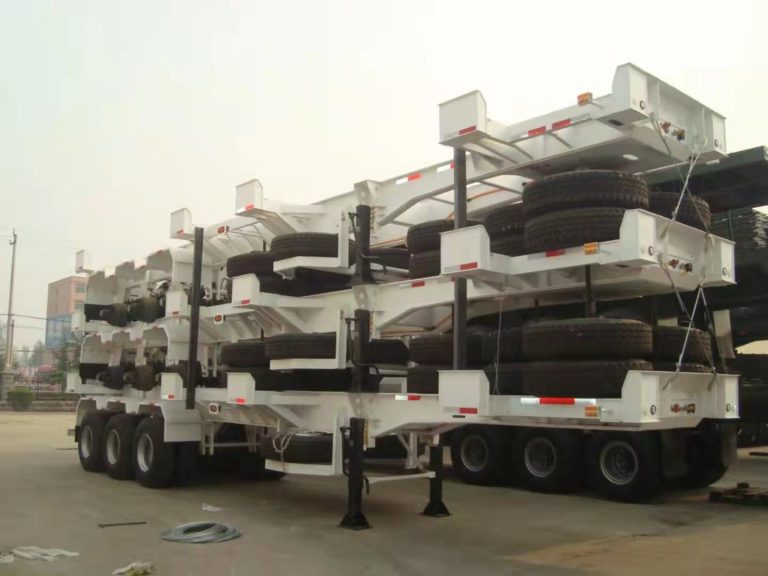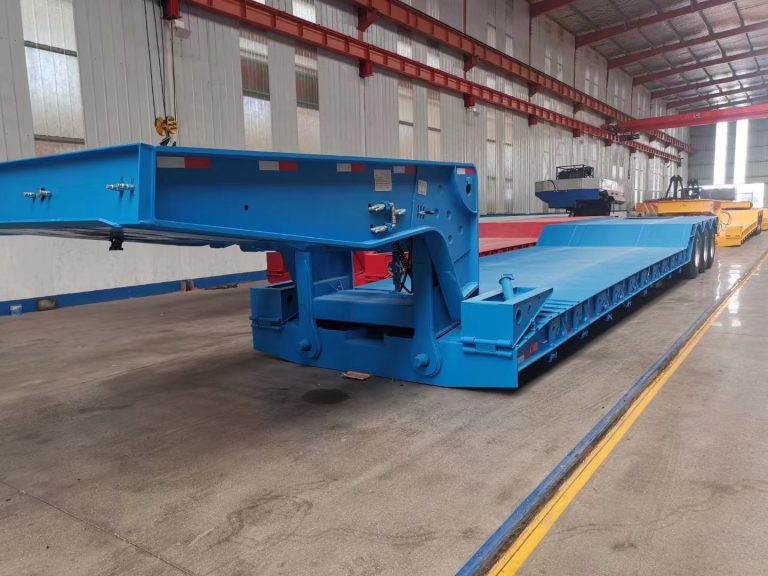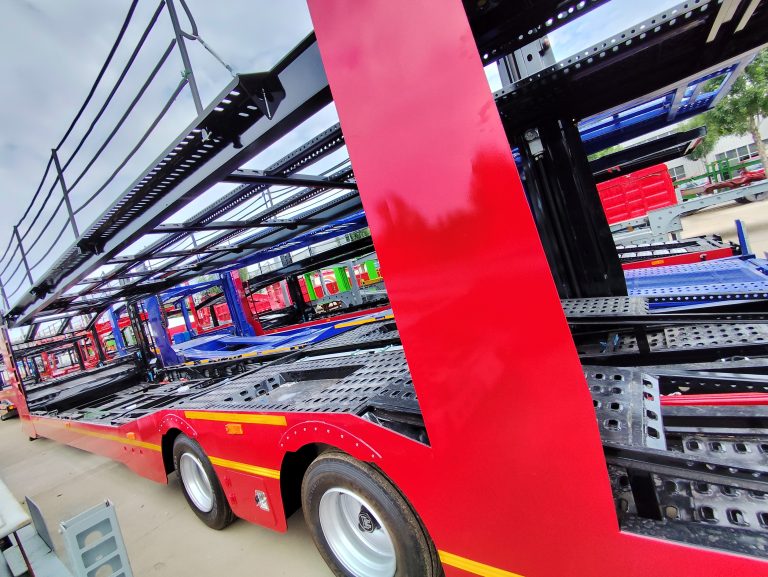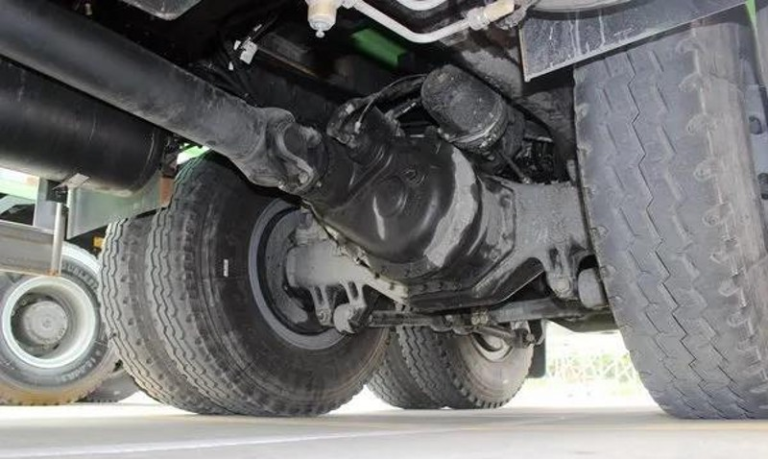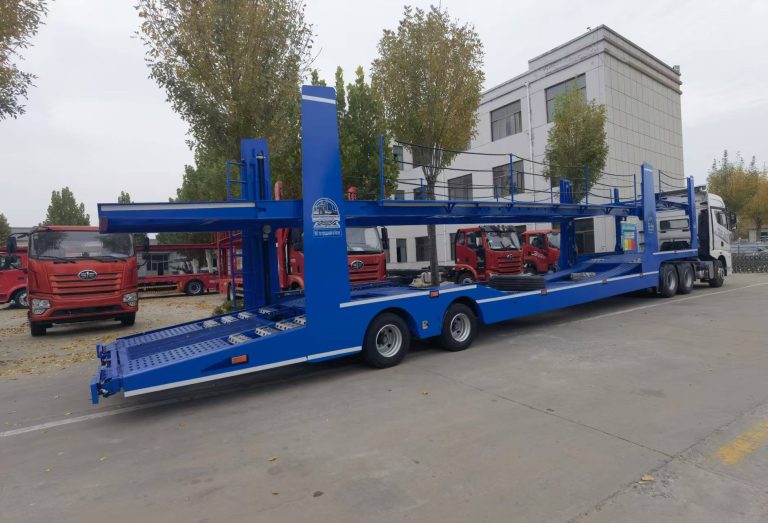There are some differences in design, cleaning and operation procedures between milk trucks and edible oil trucks, mainly due to the different characteristics and hygiene requirements of the products they transport. Here are some of the main differences:
- Material and design:
-Milk trucks usually need to have insulation functions because fresh milk needs to be kept at low temperatures to prevent bacterial growth. Edible oil trucks, on the other hand, may not need insulation because the storage conditions of edible oil are relatively loose. - Cleaning process:
-Milk trucks need to be thoroughly cleaned and disinfected after each use to prevent cross-contamination of bacteria and microorganisms. Although edible oil trucks also need to be cleaned, they may not require high-temperature disinfection as frequently as milk. - Temperature control:
-Milk trucks may be equipped with refrigeration systems to keep milk cold during transportation. Edible oil trucks may not require such temperature control. - Residue treatment:
-Milk tends to leave protein and other organic residues in the tank, which, if not cleaned in time, will promote bacterial growth. Edible oil is relatively easy to clean, and the residue is mainly grease. - Hygiene standards:
-Since milk is a product that is directly drunk, the requirements for hygiene and microbial contamination are more stringent. Although edible oil also has hygiene requirements, it may not be as sensitive to microbial contamination as milk.
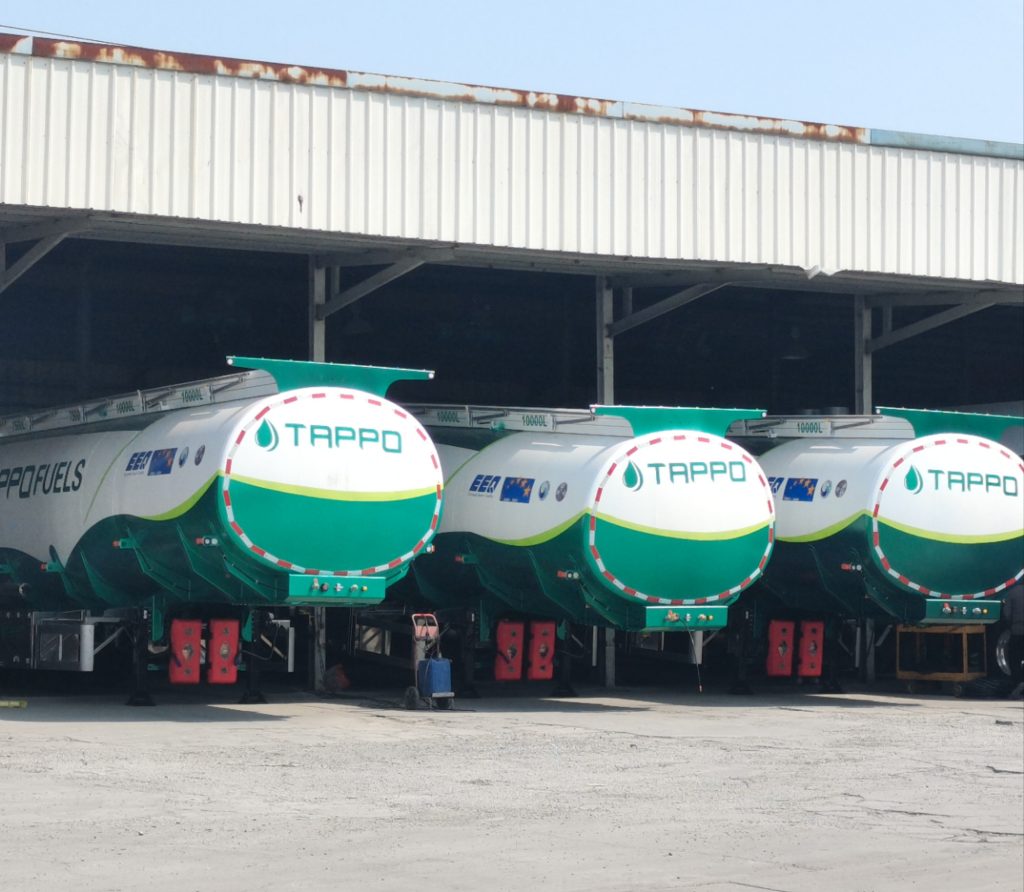
6.Regulatory requirements:
-Milk transportation may face stricter regulatory requirements, including regular hygiene inspections and cleaning records. Although edible oil transportation is also regulated, it may not be as strict as milk transportation in some aspects.
7.Specialization:
-Milk transport vehicles are usually dedicated to transporting milk to avoid cross contamination with other products. Edible oil transport vehicles may be used to transport other types of grease or liquids after cleaning.
8.The impact of historical events:
-Due to historical contamination incidents in milk transportation, the cleaning and regulatory processes of milk transport vehicles may be more stringent and detailed.
The design and operation of each transport vehicle are customized according to the characteristics of the product it transports to ensure the quality and safety of the product.

